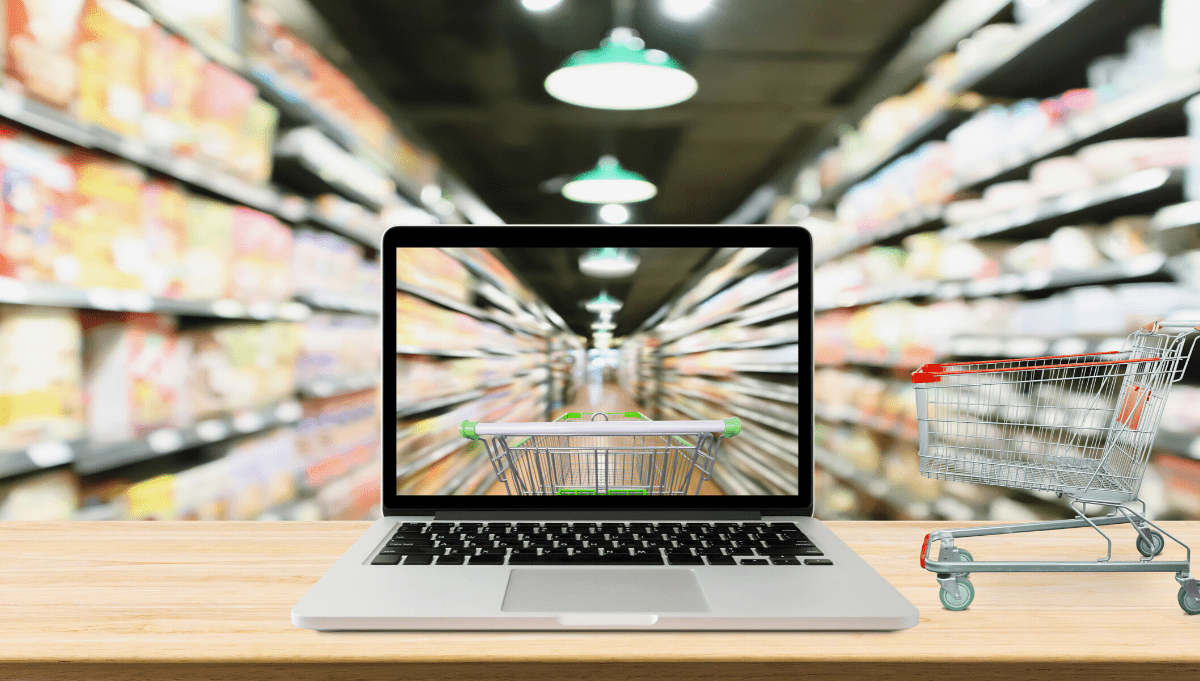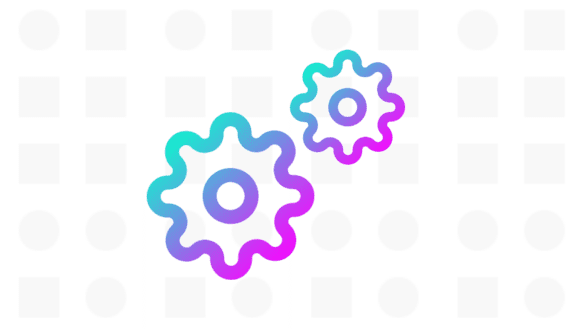
>Share this post<

by Lauren Cassidy
May 01, 2020
However, the pandemic has created more room for its competitors to grow.
According to Statista, online grocery shopping has exhibited the most delays in services, as close to half of all respondents in a recent survey said that the increased pressure on services affecting their ability to shop for groceries online.
But as consumer habits continue to grow and remain in place, we can expect that there will be an increased focus on these pressure points and on improving the CX for this industry.
New Consumer Habits
According to McKinsey, consumers are adopting new behaviours, that include shopping at new grocery stores and getting groceries delivered. As restrictions begin to ease and the new normal unfolds, consumers indicate they will adopt long-term behavioural changes that will last beyond COVID-19.But this shift in habits is not necessarily out of fear or compliance with new regulations, but in fact, it’s out of natural development in the way consumers shop. On average, it takes over 66 days before a new behaviour becomes automatic – and bear in mind, lockdown is now about to enter its third month). eCommerce habits tend to form during naturally busy periods, such as Christmas, and once those habits already have momentum, they become even stickier.
Year on year, eCommerce displays a step pattern coming out of the festive season. Previous to the pandemic, consumer spending throughout the year can be quite predictable with a usual surge in Q4. But coming out of Q4, spending patterns are unlikely to fall back to that of the previous year. Instead, they locked in most of the Q4 gains and set a new, higher baseline for the following year.
With each new cycle of spending, consumers adapt and grow more knowledgeable and confident in their online buying patterns amidst each busy buying season.
Also, according to Nielsen – 22% of people will continue to shop for packaged food online after the Coronavirus crisis compared to 16% beforehand.
Looking to the future
So, with the shift in online grocery shopping habits, there are not only millions of first-time online grocery buyers materialising but also millions of infrequent buyers now doing on a regular basis.Which also means a shift in the role of eCommerce managers for this industry – they must now figure out how best to improve their offering, both from an internal and customer experience perspective – and omnichannel presence is set to be at the heart of future adaptation.
With that in mind, ensuring stock levels are optimised and maintained correctly will be crucial for the success of eGrocery through the new normal, as stock will need to be synchronised so as to provide an accurate and efficient experience for workers and consumers.
That is why we have created the Kooomo Pick and Pack app.
Kooomo Pick and Pack app
We have recently launched the Pick and Pack app in order to streamline large orders for retailers faster while also minimizing mistakes. This can be plugged into the back end of a retailer’s website and synchronised with a barcode scanner so that warehouse users can select the orders they want to pick and pack and select the items to fill the orders.
Stock is immediately and accurately reduced when each item is scanned, allowing for an optimised order management system – Eliminating the need for manual packing, therefore minimising human error and speeding the process up.
How does it work?
1.The app will display your unfulfilled orders on a tablet or mobile, streamlined with your warehouse stock.
2.The app will create an SKU pick list for each order.
3.Using the barcode scanner, pick the required quantity of each SKU from your warehouse.
4.A convenient packing list is generated – simply pack the items and you’re done!
5.Once each order has been picked and packed, it will be stored in your back end as “waiting for delivery/ waiting for in-store collection”.
We believe that this new feature will be massively beneficial for retailers as the pandemic continues and we transition to the new normal – especially for those in the grocery sector where bulk orders may be backed up. eGrocery is here to stay, and we’re making it our goal to ensure retailers can adjust to this as quickly and simply as possible.
More to explore
Here’s an overview of the latest improvements that are now available in the Kooomo platform.
In the next few years, we are foreseeing an impressive increase for the global retail industry. While this can be beneficial for the global eCommerce industry, it also means that there will be more competition, as well.

 en
en 

